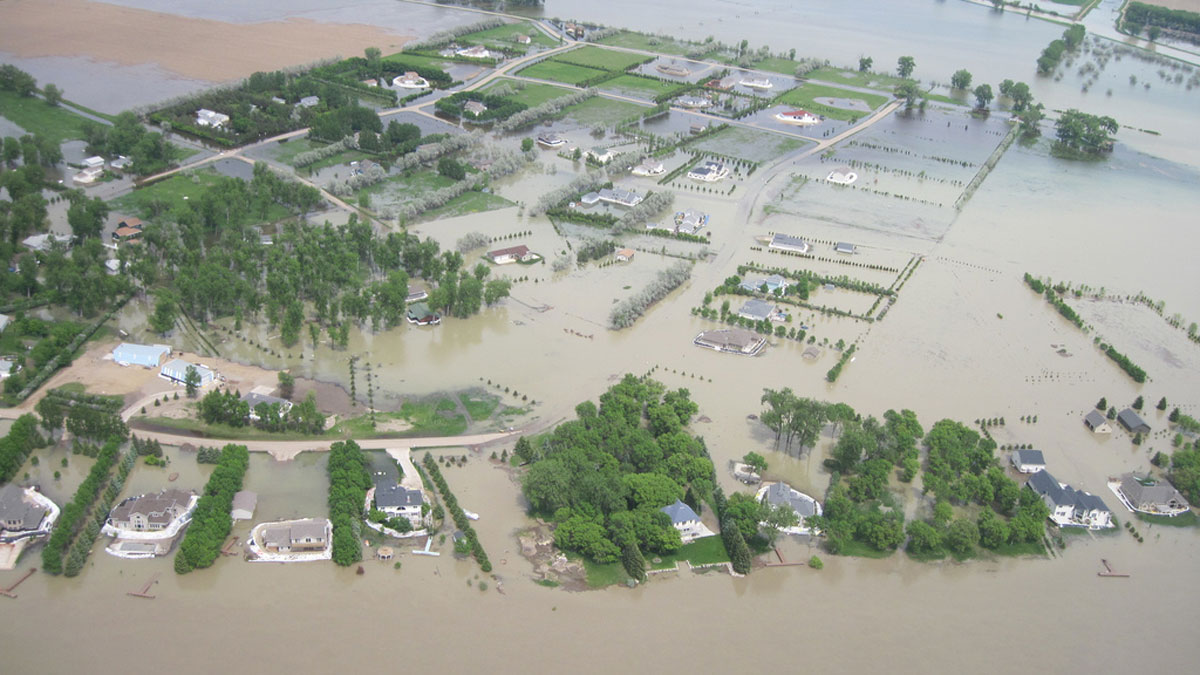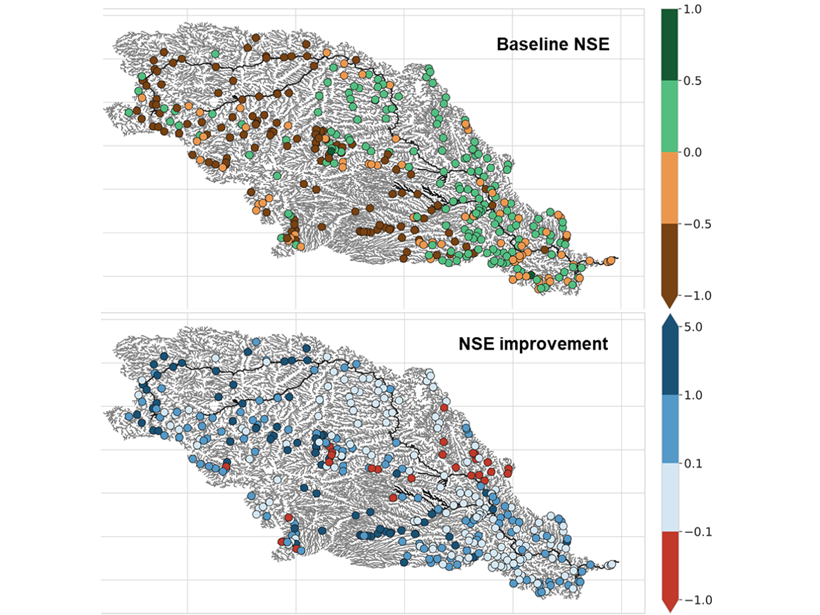Regional climate variability plays a big role, but reduced forest cover and a rise in atmospheric carbon dioxide are also factors.
Missouri River
Posted inResearch Spotlights
Missouri River Floodplain Expansion, Services, and Resiliency
Benefits might accrue for both wildlife and climate resiliency if more floodplains along the lower Missouri River were allowed to flood.
Posted inResearch Spotlights
Algorithm Detects Thousands of Missing Levees from U.S. Database
An existing levee database accounts for just one fifth of the country’s actual total levee count, limiting the study of how these embankments affect riparian ecosystem health in the United States.
Posted inEditors' Highlights
Gauging Ungauged River Basins with Smart Remote Sensing
A clever combination of hydrologic modelling and discharge estimates from the Landsat satellite provides good discharge estimates throughout the Missouri river basin.
Posted inOpinions
It’s Time to Revise Estimates of River Flood Hazards
Accurately assessing flood hazards requires a better understanding of the feedbacks between natural and human influences on the characteristics of rivers.





